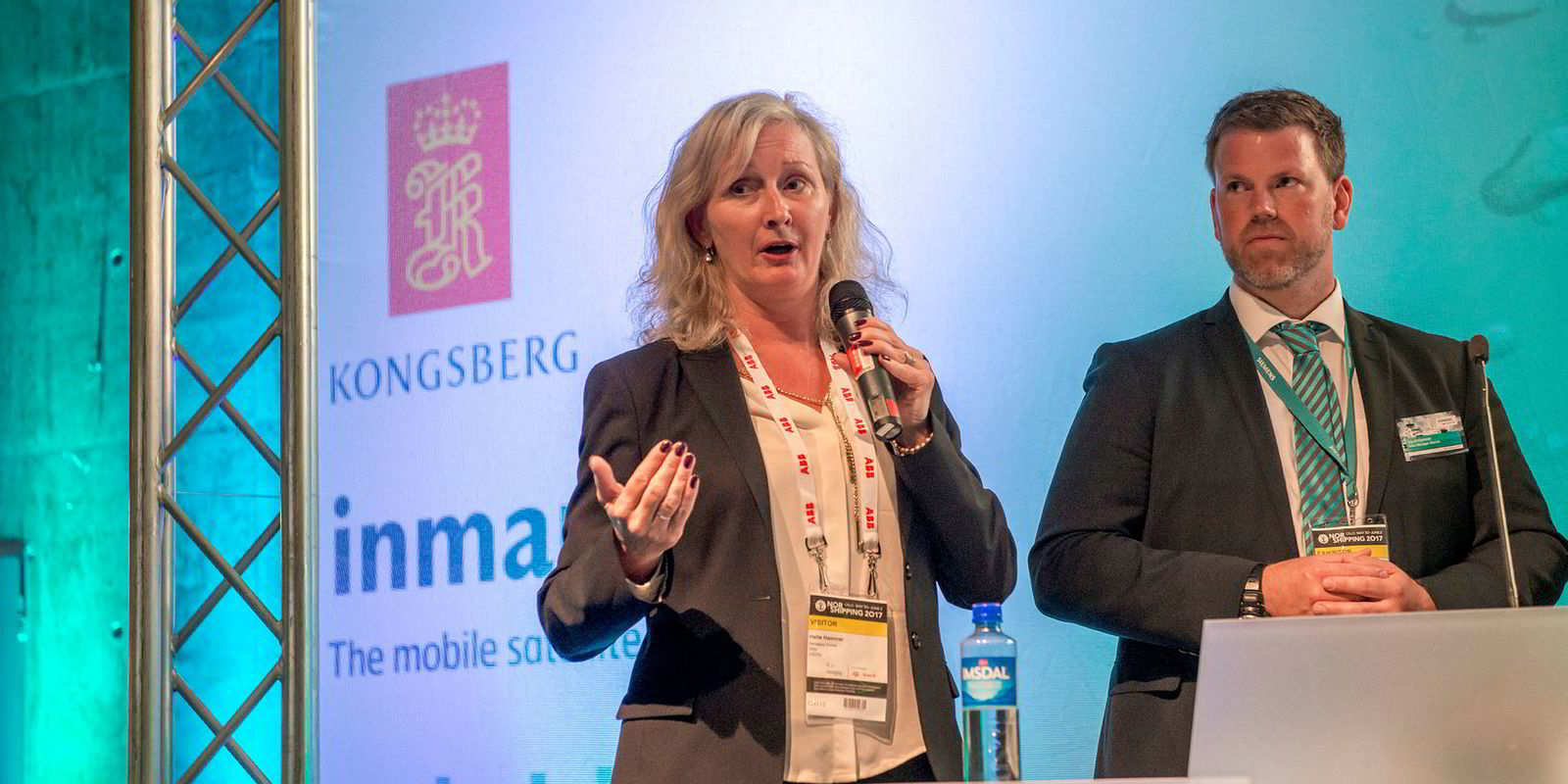An absence of major claims contributed to a benign year for marine insurers from the Nordic region.
The Nordic Association of Marine Insurers (Cefor) reported to its annual meeting this week that for the second year running there was no claim exceeding $30m.
In its annual report, Cefor described the total absence of the highest value claims as “quite exceptional”, as there were claims in this range in each of the previous 10 years.
But Helle Hammer, managing director of the Oslo-based association, warned the absence of high-value claims could not be expected to last, so underwriters should prepare for their return.
There was also little change in the incidence of smaller claims up to $10m, but there was a jump in the $10m to $30m band, with the most expensive total loss of the year running to $26m. There were eight claims in this band in 2017, up from five in 2016.
The small number of high-value claims have a bigger impact on underwriting results than the mass of smaller incidents.
The most expensive 1% of claims accounted for about 37% of total claims last year, up from about 30% in 2016 but well behind most earlier years. For 2012, the 1% accounted for 60% of the total cost.
“Severe hull claims are rare but have a large impact on the overall claims cost,” Cefor said.
Cefor warned that against this background, classic burning cost calculations pose a threat to underwriting profitability, citing the example of a large fleet.
“A fleet of 100 vessels is expected to have about 100 claims in four to five years,” Cefor noted. “For this big fleet, the very important top 1% boils down to one single claim. For smaller fleets, it would normally take more than four or five years to experience the top 1%.”
“In other words, a typical five-year fleet statistic will often not reveal the inherent risk of such major losses occurring.”
So the burning cost method of using claims from earlier years to determine the premium moving forward falls down, producing a false picture of the risk and an inadequate indication of the premium required.
“A typical five-year fleet statistic will often not reveal the inherent risk of major losses occurring,” Hammer said. “This knowledge is useful to remember when assessing a risk based on fleet statistics.”





